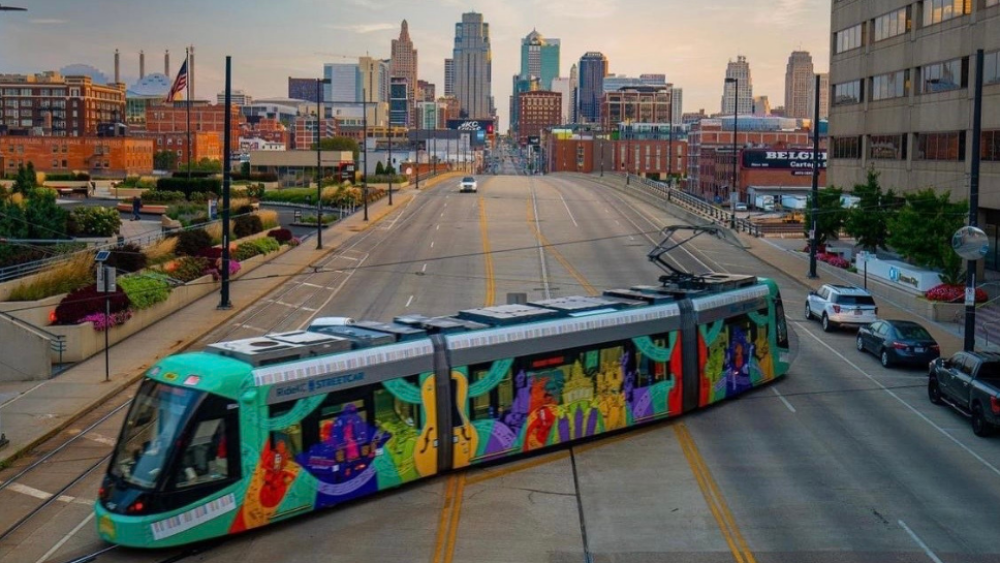The Kansas City Streetcar Authority and RideKC have announced expansion opportunities + route changes in recent months. Are you having a hard time keeping up? We’re breaking down what’s coming and a hopeful timeline of the process.
East-West extension
The KCSA board approved funding up to $75,000 Friday for an East-West transit study. This amount is contingent on comparable contributions from project partners like the Kansas City Area Transportation Authority, KU Medical System, and the Unified Government of Wyandotte County/Kansas City, KS. The East-West study is still in early stages. Leaders will ask for public feedback in the near future.
- Study cost: ~$250,000-$300,000
- Route: possibly from Arrowhead and the K to KU Med in Kansas
- Timeline: expected to begin in early 2022 + take ~1 year to complete
The study will also explore other forms of transit, like higher-capacity bus options. Stakeholders hope to have a project leadership group established in the next 30-60 days.
RideKC Next
This bus route redesign project — which was announced in late August — promises more frequent routes. This involves services 7 days a week + every 15 minutes on weekdays and Saturdays. Public feedback sparked changes to stops and added service routes. It is expected to launch in 2022 as well.
Under RideKC Next is RideKC Flex. This service will expand north of the Missouri River and feature app-based booking and route tracking. This chart outlines the proposed RideKC route stop frequencies. This color-coded map indicates what areas “flex” services will cover. These expansions require large-scale hiring campaigns.
Stay informed
The Streetcar website provides access to past studies, like North Rail and Next Rail Streetcar studies, and the downtown corridor alternative analysis. You can utilize the Streetcar Tracker to find out where the Streetcar is at any time. The interactive map allows you to click on a stop location for real-time arrival information.
RideKC also uses an online bulletin board to provide daily updates on routes, including reductions due to the impacts of COVID-19.












